National Garden of Athens

The National Garden of Athens, formerly known as the Royal Garden, is a verdant haven in the heart of the city, adjacent to the Greek Parliament and Syntagma Square. Commissioned by Queen Amalia in 1838 and completed by 1840, it was designed by German agronomist Friedrich Schmidt, who introduced over 500 plant species from around the world. Despite initial challenges with the Mediterranean climate, the garden now boasts approximately 7,000 trees and 40,000 bushes, encompassing 519 plant species, including both native and exotic varieties. Covering 15.5 hectares, the garden features winding paths, shaded benches, duck ponds, and remnants of ancient Roman structures, such as mosaics and columns. Notably, Queen Amalia personally planted the towering palm trees at the main entrance on Vasilissis Amalias Avenue. In 1920, it was renamed the National Garden and opened fully to the public. Today, it serves as a peaceful retreat for both Athenians and visitors, offering a blend of natural beauty and historical significance.
Athens GreeceThe National Garden of Athens is a lush green oasis in the heart of the city, located next to the Greek Parliament and across from Syntagma Square. Originally designed in 1838 as the Royal Garden for Queen Amalia, it spans 24 hectares and features over 500 species of plants, trees, and flowers2. Visitors can stroll along shaded pathways, admire ancient ruins, and relax by tranquil ponds filled with ducks and koi carp. The garden also houses a small zoo, a botanical museum, and a children’s library, making it a perfect spot for families2. Nearby, the Zappeion Hall, a neoclassical building used for exhibitions and events, adds to the cultural significance of the area. The Panathenaic Stadium, famous for hosting the first modern Olympic Games, is within walking distance1. The bustling streets of Kolonaki and Pangrati, known for their cafes and boutiques, offer a vibrant contrast to the garden’s serenity.
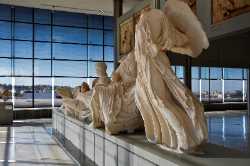 Acropolis Museum
Athens
Acropolis Museum
Athens
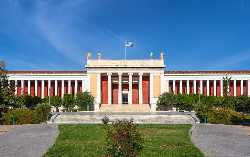 National Archaeological Museum
Athens
National Archaeological Museum
Athens
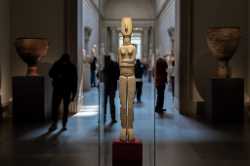 Museum of Cycladic Art
Athens
Museum of Cycladic Art
Athens
 Byzantine and Christian Museum
Athens
Byzantine and Christian Museum
Athens
 Benaki Museum
Athens
Benaki Museum
Athens
 Goulandris Museum
Athens
Goulandris Museum
Athens
 Numismatic Museum
Athens
Numismatic Museum
Athens
 War Museum Athens
Athens
War Museum Athens
Athens
 National Art Gallery Athens
Athens
National Art Gallery Athens
Athens
 Hellenic Motor Museum Athens
Athens
Hellenic Motor Museum Athens
Athens
 Pedion tou Areos
Athens
Pedion tou Areos
Athens
 Mount Lycabettus
Athens
Mount Lycabettus
Athens
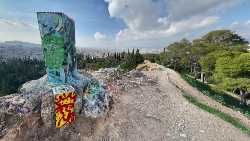 Strefi Hill
Athens
Strefi Hill
Athens
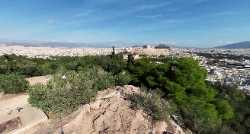 Filopappou Hill
Athens
Filopappou Hill
Athens
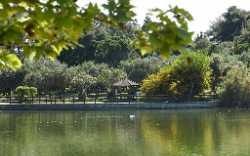 Antonis Tritsis Park
Athens
Antonis Tritsis Park
Athens
 Acropolis of Athens
Athens
Acropolis of Athens
Athens
 Parthenon
Athens
Parthenon
Athens
 Temple of Hephaestus
Athens
Temple of Hephaestus
Athens
 Temple of Olympian Zeus
Athens
Temple of Olympian Zeus
Athens
 Odeon of Herodes Atticus
Athens
Odeon of Herodes Atticus
Athens
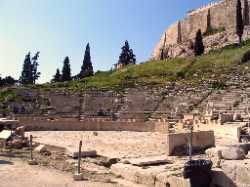 Theatre of Dionysus
Athens
Theatre of Dionysus
Athens
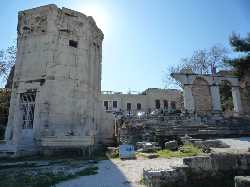 Tower of the Winds
Athens
Tower of the Winds
Athens
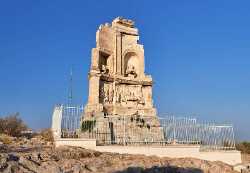 Philopappos Monument
Athens
Philopappos Monument
Athens
 Hadrian's Arch
Athens
Hadrian's Arch
Athens
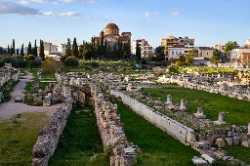 Kerameikos Archaeological Site
Athens
Kerameikos Archaeological Site
Athens
 Acropolis Fortress
Athens
Acropolis Fortress
Athens
 Daphni Monastery
Athens
Daphni Monastery
Athens
 Hellenic Parliament Athens
Athens
Hellenic Parliament Athens
Athens
 Varvakios Agora
Athens
Varvakios Agora
Athens
 Zappeion Hall
Athens
Zappeion Hall
Athens
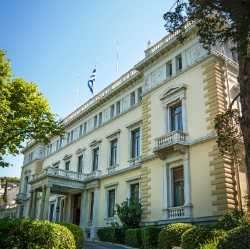 Presidential Mansion
Athens
Presidential Mansion
Athens
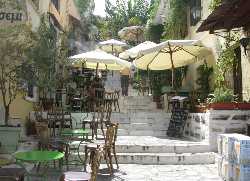 Plaka
Athens
Plaka
Athens
 Monastiraki
Athens
Monastiraki
Athens
 Anafiotika
Athens
Anafiotika
Athens
 Syntagma Square
Athens
Syntagma Square
Athens
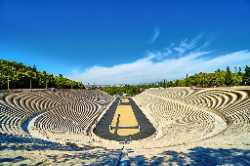 Panathenaic Stadium
Athens
Panathenaic Stadium
Athens
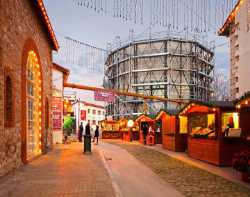 Technopolis
Athens
Technopolis
Athens
 Stavros Niarchos Foundation Cultural Center
Athens
Stavros Niarchos Foundation Cultural Center
Athens
 Athens Riviera
Athens
Athens Riviera
Athens
 Epigraphical Museum
Athens
Epigraphical Museum
Athens
 Athens National Historical Museum
Athens
Athens National Historical Museum
Athens
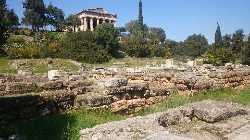 Ancient Agora of Athens
Athens
Ancient Agora of Athens
Athens
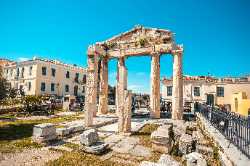 Roman Agora Museum
Athens
Roman Agora Museum
Athens
 Frissiras Museum
Athens
Frissiras Museum
Athens
 Herakleidon Museum
Athens
Herakleidon Museum
Athens
 Ilias Lalaounis Jewelry Museum
Athens
Ilias Lalaounis Jewelry Museum
Athens
 National Museum of Contemporary Art Αthens
Athens
National Museum of Contemporary Art Αthens
Athens
 Museum of Greek Folk Art
Athens
Museum of Greek Folk Art
Athens
 Hellenic Children’s Museum
Athens
Hellenic Children’s Museum
Athens
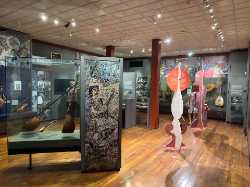 Museum of Popular Instruments
Athens
Museum of Popular Instruments
Athens
 Philatelic and Postal Museum
Athens
Philatelic and Postal Museum
Athens
 Kotsanas Museum of Ancient Greek Technology
Athens
Kotsanas Museum of Ancient Greek Technology
Athens
 Museum of the City of Athens
Athens
Museum of the City of Athens
Athens
 Gennadius Library
Athens
Gennadius Library
Athens
 Jewish Museum of Greece
Athens
Jewish Museum of Greece
Athens
 Museum of Pavlos & Alexandra Kanellopoulos
Athens
Museum of Pavlos & Alexandra Kanellopoulos
Athens
 Tatoi Palace
Athens
Tatoi Palace
Athens
 National Theatre of Greece
Athens
National Theatre of Greece
Athens
 Rex Theatre
Athens
Rex Theatre
Athens
 Onassis Stegi
Athens
Onassis Stegi
Athens
 Megaron Athens Concert Hall
Athens
Megaron Athens Concert Hall
Athens
 Pallas Theatre
Athens
Pallas Theatre
Athens
 Badminton Theatre
Athens
Badminton Theatre
Athens
 Peiraios 260
Athens
Peiraios 260
Athens
 Benaki Museum of Contemporary Art
Athens
Benaki Museum of Contemporary Art
Athens
 Athens Municipal Gallery
Athens
Athens Municipal Gallery
Athens
 Eleni Koroneou Gallery
Athens
Eleni Koroneou Gallery
Athens
 Rebecca Camhi Gallery
Athens
Rebecca Camhi Gallery
Athens
 Bernier/Eliades Gallery
Athens
Bernier/Eliades Gallery
Athens
 The Breeder Gallery
Athens
The Breeder Gallery
Athens
 Kalfayan Galleries
Athens
Kalfayan Galleries
Athens
 DESTE Foundation for Contemporary Art
Athens
DESTE Foundation for Contemporary Art
Athens
 National Observatory of Athens
Athens
National Observatory of Athens
Athens
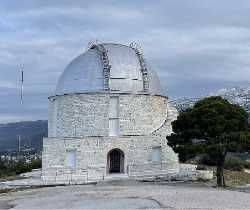 Penteli Observatory
Athens
Penteli Observatory
Athens